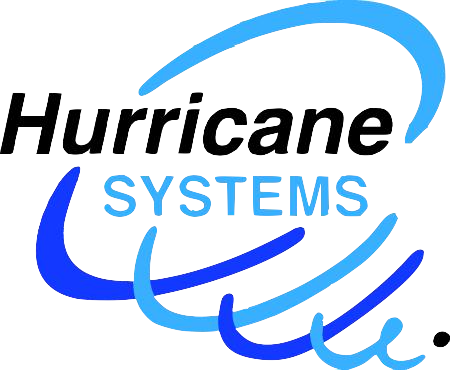Networking
Balancing business and technology pressures is a constant challenge. You need to improve operations by lowering costs, reducing risks, or enhancing customer experience. Yet, keeping up with technology evolution, and hiring and retaining the right skills and expertise is just as hard.
In addition, significant trends are changing the playing field. These include cloud, the Internet of Things, big data, and mobility – all of which are impacting your ability to deliver on the bottom line, reduce risk, win customers, and grow revenue.
Hurricane Systems sees the network as the platform for all your business functions and communications. It should provide a powerful point of differentiation through availability, flexibility, scalability, performance, and security.
Wired and Wireless
Accessibility and ease of use are the main advantages of wireless internet. There is no need for cables, sockets, etc. making life easier for the user, and potentially the network provider too, as set up costs can be lower. Although the current trend is definitely towards wireless networks, mainly because they are often more convenient for users, wired networks can be superior when it comes to issues such as network security and faster upload/download speeds.
Data Centre Networking
Network Performance Optimisation
Network performance is a critical piece of our strategy to run production applications. Network optimization services help make sure we are at top performance.
Optimize critical processes for faster network performance
- Improve network optimization by finding the source of network and application reliability issues.
Monitor and troubleshoot network devices - Identify, monitor, diagnose and troubleshoot network issues even before users report them.
- Plan network capacity needs
Forecast when a critical network device’s capacity will be exhausted and plan future requirements.
Software-Defined Networking
Network Transformation
Network Security
Network security is an organization’s strategy and provisions for ensuring the security of its assets and all network traffic. Network security is manifested in an implementation of security hardware and software. The concept of defense in depth is observed as a best practice in network security, prescribing for the network to be secured in layers. These layers apply an assortment of security controls to sift out threats trying to enter the network:
- Access control
- Identification
- Authentication
- Malware detection
- Encryption
- URL filtering
- Content filtering
These layers are built through the deployment of firewalls, intrusion prevention systems and antivirus components. Among the components for enforcement, the firewall (an access control mechanism) is the foundation of network security.
Voice and Video Collaboration
Structured Cabling
- Potential for downtime is reduced as potential for human error is drastically reduced due to this organization.
- Time savings; cable and port tracing becomes a much easier job with a structured cabling system.
- Aesthetics; Never underestimate the looks! A structured cabling system will look much cleaner than a point to point method.
